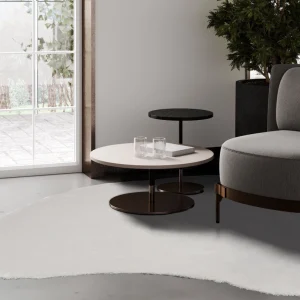A new book, published by Amberley and written by Mark Davis, explores the fascinating history of Britain’s Pauper Lunatic Asylums, huge, isolated buildings designed to keep those labelled ‘mad’ and ‘insane’ out of sight and mind of the rest of Victorian society.
According to Davis, ‘In the 19th century, reception into the asylum was potentially the beginning of an arbitrary life sentence in one of many large, seventy-bed dormitories. To some it was worse than going to prison; at least with a prison you had a release date.’
In fact only 30-50- per cent of people committed to the pauper lunatic asylums were ever discharged.

In 1914 there were 102 working lunatic asylums in Britain. So why did so many people need to be shut away from their peers?
According to the book, ‘During the latter part of the 19th century, county asylums were built at a rapid rate to cater for society’s intolerance to behaviour and the increasing human wreckage associated with the newly industrialised society.’
Most of the patients were poor.
However, like many Victorian municipal buildings, most of the asylums were carefully designed and built. Now, most are derelict, crumbling remnants of what they used to be; but through their decay it is still possible to gimps the strange and sometimes terrifying history of these houses for the insane.
Here are some of our favourite images from the book.

One of the galleries at Staffordshire County Asylum

An abandoned wheelchair at North Wales County Pauper Lunatic Asylum

At Eglington Pauper Lunatic Asylum: stairs are enclosed to prevent suicides

The assent to the east tower at Eglington Pauper Lunatic Asylum

The remains of a telephone box at Linconshire County Lunatic Asylum

A ward at North Wales County Pauper Lunatic Asylum


Scriblings in the clocktower of Lanark District Pauper Lunatic Asylum

The patient body store at Lanark District Pauper Lunatic Asylum





